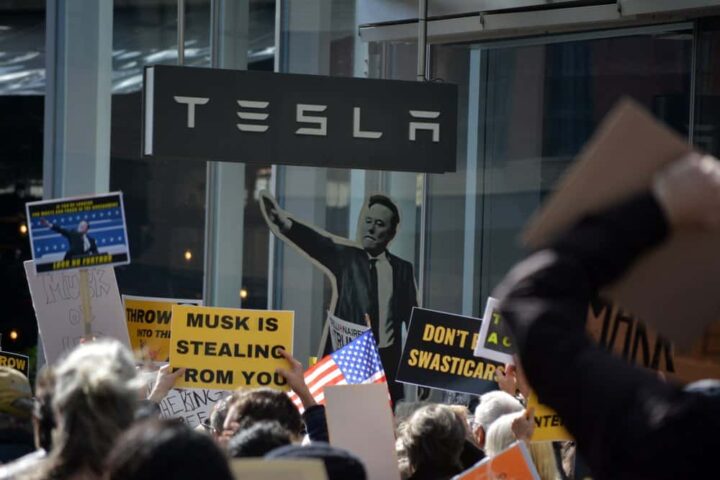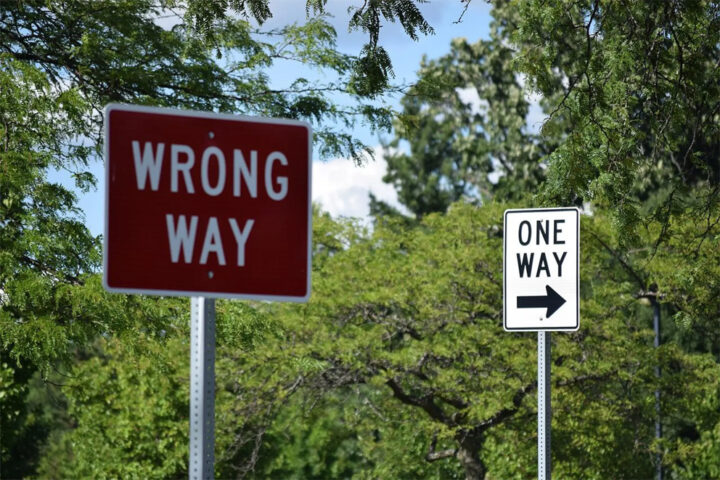Nearly two-thirds of senior executives around the world say they have experienced some form of actual or attempted corruption in their business dealings, according to a report by PricewaterhouseCoopers.
The report, “Confronting Corruption: The business case for an effective anti-corruption programmeâ€, finds that 80% of executives say they have anti-corruption programs in place at their company, but only 22% are confident the programs are effective. Executives say they feel vulnerable to corruption particularly when doing business in expanding markets such as
PwC commissioned the Economist Intelligence Unit to conduct a global survey and in-depth interviews with senior executives and anti-corruption specialists. The survey of 390 senior executives from 70 countries found that 63% had experienced some form of actual or attempted corruption; 45% had not entered a specific market or pursued a particular opportunity because of corruption risks; and 39% said their companies had lost bids because of corrupt officials, while 42% said their competitors paid bribes.
“Companies now have a compelling — and some might say, urgent — business case to support the development and implementation of a formal and strategic anti-corruption program,†said David Jansen, partner, PricewaterhouseCoopers LLP. “In recent years, companies caught breaking anti-corruption laws have individually paid hundreds of millions of dollars in fines and several CEOs have stepped down in disgrace.”
Jansen continued, “This situation is not limited to
“As serious as the monetary damages may be, the damage to a company’s reputation can truly be crippling. When asked about the fallout from corruption allegations, 55% of respondents to our survey say the most severe impact would be to their corporate reputation.” said Jansen.
“This is a greater percentage than the combined total of those who say legal, financial and regulatory impacts would be the most severe. As management and staff become distracted and demoralized, customers and business partners distance themselves from the company and even internal safeguards against such things as theft and financial statement manipulation eventually become suspect.â€
“Without a strategic action plan in place, a company may not even be aware of its vulnerability until it is too late,†Jansen concluded.
More than 70% of the executives surveyed said that a better understanding of corruption will help them compete more effectively, make better decisions and improve corporate social responsibility as they enter new business environments. Despite the skepticism and perceived levels of heightened risk in these environments, a number of companies have shown that proactively addressing corruption risks can help balance risk and return. While the growth opportunities in new markets are compelling, the study suggests companies tailor their program controls and oversight to meet the requirements of each individual market.
While companies are generally responding to the risk of corruption, the survey indicates that many companies’ underlying policies and controls do little to identify and mitigate risk due to poor design or implementation. Slightly less than half say their program is clearly communicated and enforced.
Rigorous risk assessment, a crucial step in program design, is overlooked by more than half of those surveyed, and only 25% perform proactive risk assessments or monitoring.
Only 40% of respondents believe their current controls are effective at identifying high-risk business partners or suspect disbursements.
It is not, however, all bad news. Drawing from interviews with experts and real life case studies from global companies, the report also provides practical guidance for operating in challenging environments. Leveraging efforts by leading non-governmental organizations focused on the issue, the report also includes a model for an effective anti-corruption program that can be tailored to any environment.







